#Evolution
Explore tagged Tumblr posts
Text

414 notes
·
View notes
Text
Less similar but it reminds me a bit of the study where they raised a species of bichir (a type of fish) basically out of the water to see what would happen. They are air breathers, and can slither about on land if kept damp, but they mostly don't, so it was like getting an idea of how early tetrapods made the transition to living on land.
And it was interesting! The ones raised in like, a centimetre of water had altered builds and we're way more competent and efficient on land than ones raised in water.
Here's a gif of some albino ones in a tank to give you an idea of what they look like.

TIL that there's an '80s movie where they portrayed Smilodon by sticking actual fake teeth onto actual live lions.
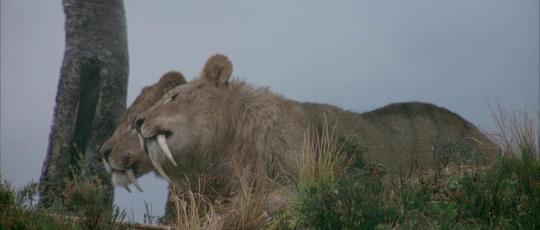
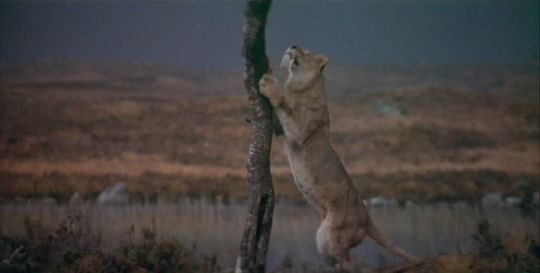
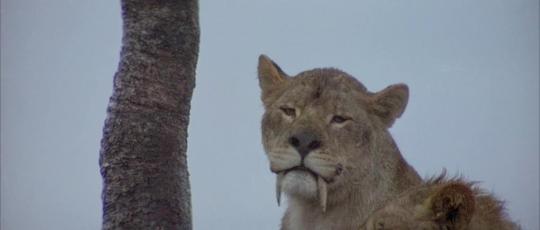
#bichirs#fish#science#evolution#it's a fun study tbh#they wiggle so good on land if they've grown up with it#clearing out my drafts
49K notes
·
View notes
Text
Humans are the only species on Earth known to use language. They do this by combining sounds into words and words into sentences, creating infinite meanings. This process is based on linguistic rules that define how the meaning of calls is understood in different sentence structures. For example, the word "ape" can be combined with other words to form compositional sentences that add meaning: "the ape eats" or append meaning: "big ape," and non-compositional idiomatic sentences that create a completely new meaning: "go ape."
Continue Reading.
71 notes
·
View notes
Text
Grr someone see my vision pls 😢

33 notes
·
View notes
Text
This is one of those cases, I think, of a catchy soundbite for a more complex fact getting meme'd and obscuring the original complex intention.
Other posts go into more detail on this, but if you ever find a meme-like claim that a certain taxon has "never evolved" since so and so millions of years, it's most likely that, just a meme.
Crocodiles? Land crocodiles were, at many points of history, as common as amphibious crocodiles. In South America when it was a island-continent, they were among the main predators.

Horseshoe crabs? They have a rather well documented evolutionary history.
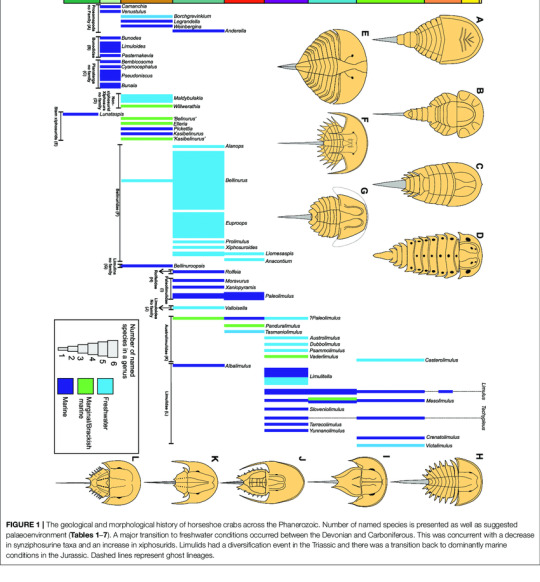
Sharks? Buddy you aren't even ready to know how fucking weird prehistoric sharks were:
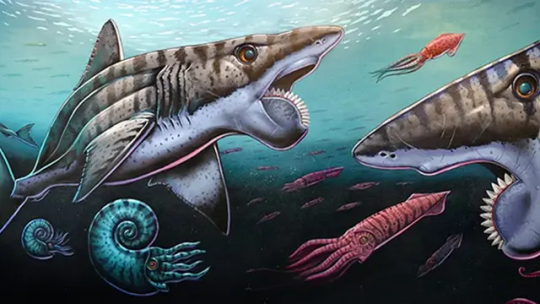


(in order: Helicoprion (ONE reconstruction, we still don't have any idea how it worked), Stethacanthus, Aquilolamna)
Yes, for sure, some life forms have been very successful, I won't pretend the amphibious crocodile body plan hasn't been very succesful and conservative since the mesozoic. Plants are also remarkably conservative (not as much as you'd think, though). But every time you see the "X hasn't changed at all for millions of years, it's the perfect creature!" it's just a meme that obscures real life evolution and diversity.
3K notes
·
View notes
Text

Ichigo and Orihime evolution 🔥🍓🍞
#bleach#ichigo kurosaki#orihime inoue#ichihime#bleach anime#bleachedit#bleach tybw#tite kubo#anime#manga#shounenedit#kurosaki ichigo#inoue orihime#evolution
32 notes
·
View notes
Text

Imagine if someone wrote a book about that concept...
@statusquoofficial <<<<< my new book about evolution!
#sci fi books#science facts#science fiction#sci fi#sci fi and fantasy#scifi#scifiseries#evolution#speculative biology#speculative zoology#speculative fiction#biology#zoology#genetics#eugenics#new writer boost#new adult books#adult booklr#autistic adhd#autistic experiences#autism memes#autistic characters#aspiring author#new author#authoritarianism#dystopian romance#forbidden romance#autistic community#authors of tumblr#autistic things
20 notes
·
View notes
Text
Kate Winslet
#evolution#amazing#video#timelapse#weird#strange#my video#amazingly beautiful#kate winslet#rms titanic#omg#breathtaking#beautiful#titanic
20 notes
·
View notes
Text

All roads lead to Rome, all lineages evolve to CRAB 🦀🦀
40K notes
·
View notes
Text
Yellowjacket-Mimicking Moth: this is just a harmless moth that mimics the appearance and behavior of a yellowjacket/wasp; its disguise is so convincing that it can even fool actual wasps

This species (Myrmecopsis polistes) may be one of the most impressive wasp-mimics in the world. The moth's narrow waist, teardrop-shaped abdomen, black-and-yellow patterning, transparent wings, smooth appearance, and folded wing position all mimic the features of a wasp. Unlike an actual wasp, however, it does not have any mandibles or biting/chewing mouthparts, because it's equipped with a proboscis instead, and it has noticeably "feathery" antennae.
There are many moths that use hymenopteran mimicry (the mimicry of bees, wasps, yellowjackets, hornets, and/or bumblebees, in particular) as a way to deter predators, and those mimics are often incredibly convincing. Myrmecopsis polistes is one of the best examples, but there are several other moths that have also mastered this form of mimicry.

Above: Pseudosphex laticincta, another moth species that mimics a yellowjacket
These disguises often involve more than just a physical resemblance; in many cases, the moths also engage in behavioral and/or acoustic mimicry, meaning that they can mimic the sounds and behaviors of their hymenopteran models. In some cases, the resemblance is so convincing that it even fools actual wasps/yellowjackets.

Above: Pseudosphex laticincta
Such a detailed and intricate disguise is unusual even among mimics. Researchers believe that it developed partly as a way for the moth to trick actual wasps into treating it like one of their own. Wasps frequently prey upon moths, but they are innately non-aggressive toward their own fellow nest-mates, which are identified by sight -- so if the moth can convincingly impersonate one of those nest-mates, then it can avoid being eaten by wasps.

Above: Pseudosphex laticincta
I gave an overview of the moths that mimic bees, wasps, yellowjackets, hornets, and bumblebees in one of my previous posts, but I felt that these two species (Myrmecopsis polistes and Pseudosphex laticincta) deserved to have their own dedicated post, because these are two of the most convincing mimics I have ever seen.

Above: Pseudosphex sp.
I think that moths in general are probably the most talented mimics in the natural world. They have so many intricate, unique disguises, and they often combine visual, behavioral, and acoustic forms of mimicry in order to produce an uncanny resemblance.
Several of these incredible mimics have already been featured on my blog: moths that mimic jumping spiders, a moth that mimics a broken birch twig, a moth caterpillar that can mimic a snake, a moth that disguises itself as two flies feeding on a pile of bird droppings, a moth that mimics a dried-up leaf, a moth that can mimic a cuckoo bee, and a moth that mimics the leaves of a poplar tree.
Moths are just so much more interesting than people generally realize.
Sources & More Info:
Journal of Ecology and Evolution: A Hypothesis to Explain Accuracy of Wasp Resemblances
Entomology Today: In Enemy Garb: A New Explanation for Wasp Mimicry
iNaturalist: Myrmecopsis polistes and Pseudosphex laticincta
Transactions of the Entomological Society of London: A Few Observations on Mimicry
#entomology#arthropods#lepidoptera#yellowjacket-mimicking moth#wasp-moth#clearwing moths#animal camouflage#myrmecopsis polistes#pseudosphex laticincta#pseudosphex aequalis#moths#insects#bugs#mimicry#evolution#hymenopteran mimics#defense mechanisms#animal facts#wasps#yellowjackets#mimicry among moths#moths are amazing#and wildly underrated
14K notes
·
View notes
Text

Grounded Flight
2024, decolorant screenprint on quilted cotton
22K notes
·
View notes
Text
since people apparently really want to know about these guys, i decided that i'd indulge you and give you a little sparknotes about Macrotermitinae and Termitomyces!
(under the cut bc this is gonna be long)
TL;DR: some termites in africa farm mushrooms to support the colony, and have co-evolved with their specific mycosymbiont for millions of years to facilitate this. if you want to hear the Extra long version, here's a link to the research paper i wrote about them a couple sems ago! it's not super long. i have since graduated w a degree in biology, in case you're worried i'm not qualified to yap about this lol
a little background about these guys is that termites are eusocial, meaning that they're the highest order of complexity in terms of social behavior. other, more commonly known, eusocial insects include: hymenopterans (ants, some bees). but termites form colonies with social hiearchies too! except they have a queen AND a king instead of just a queen, but i digress. anyways, understanding that termites have complex social caste systems is important for contextualizing how they're managing to accomplish colony-wide farming practices.
most people know that termites eat wood, but that's not all they eat! termites fulfill a niche of decomposers, where different groups consume different things, i.e. woody debris, soil, plant matter, etc. lower termites (the guys that evolved first) have symbiotic gut bacteria that help them digest this material because they consume it directly, but higher termites have evolved a different method of harnessing the digesting power of their symbionts--farming! why spend all this time and energy digesting lignin and cellulose when you could make a mushroom do the hard work for you, asks Macrotermitinae?
but how do they do it?
Macrotermitinae and their fungal symbiont, Termitomyces, have been evolving together for the last 30 million years, where this agricultural symbiosis has beceom obligate for both symbionts. this means that one cannot exist without the other, they've evolved to be total partners! they likely started this evolutionary process by ancient termites eating fungi-infested wood. the fungi are capable of breaking down highly complex biomolecules like lignin (component of wood cell wall that makes it hard) and cellulose (component of all plant cell walls that make it hard to digest), and make easier to digest molecules like carbohydrates more readily available for the termites to eat. the fungi, in return, get a comfy place to live and a reliable food source from within the termite mounds. what's interesting though, is that there are multiple species of termite and multiple species of fungus that partake in this mutualism, but partners are species-specific and there is not any overlap in this, i. e., one species of termite cultivates one species of mushroom.
but how are they farming the mushrooms?
within the termite mound, special structures known as "fungal combs" are tended to by the worker caste; these combs are nourished by plant material that is ingested by the workers from outside forays and then deposited onto the incolulated combs (they poop on 'em). from here, the mycelium ("root" structure of a fungus, it's main body) produce modified fruiting bodies that the termites then consume.
in interesting aspect of this cycle though is that fungal symbionts are not vertically transferred (inherited), they're horizontally transferred--new colonies have to source their fungal symbiont before the colony can be established. and this happens in a pretty cool way. every reproductive cycle, winged alates, or dispersive forms, of termites are produced in a colony by the king and queen. these individuals will disperse from their parent colony with goal of starting a brand new colony somewhere else. at the same time that the winged alates are dispersing, Termitomyces starts producing aboveground fruiting bodies (mushrooms); this is the only time of year that they'll do this. thus, the winged alates can collect samples of their fungal symbiont to establish and inoculate a new colony with, and the cycle continues!
isn't that crazy cool? i'm going to include some pictures at the end here for context. i could yap about these guys for days and days, and there's a lot of stuff i didn't mention just because this post is so long haha

Macrotermitinae mounds (could yap about how cool these structures are, they're very complex and humans have been replicating their ventilation systems for foreverrrr)

Termitomyces titanicus
i hope this wasn't too long-winded of an explanation! let me know if you learned something!
being known for writing yaoi is crazy bc i have much cooler insects. like i could tell you a degree's worth of information about mushrooms and insects. like how there's a species of termite that farms mushrooms. did you know that?
#i love putting my degree to good use. teaching people on tumblr about bugs#entomology#mycology#bugblr#mushrooms#evolution#science#science side of tumblr#biology#environment#insects
130 notes
·
View notes
Text
Researchers at the Francis Crick Institute have revealed insight into why embryos erase a key epigenetic mark during early development, suggesting this may have evolved to help form a placenta. Epigenetic changes are modifications to DNA that don't change the underlying DNA sequence, like notes written on a recipe. They keep gene expression in check, affecting which genes are turned on or off.
Continue Reading.
44 notes
·
View notes
Text
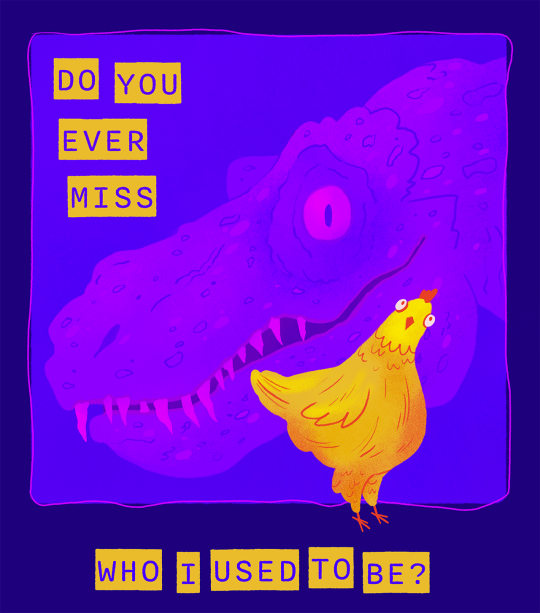
i promise i wouldn't blame you
#illustration#artists on tumblr#digital art#comic#dinosaur#chicken#art#artwork#drawing#webcomic#theartofmadeline#something i sketched ageeeeessss ago and never made hehe#no i dont know how to draw chickens or dinos. mind your business !!#bird#paleo art#evolution
49K notes
·
View notes
Text
They lost their bracket. I am pretty sure that was one of mine too. ):
Time Travel Question 81: Miscellaneous IV
These Questions are the result of suggestions from the previous iteration.
This category may include suggestions made too late to fall into the correct grouping.
Please add new suggestions below if you have them for future consideration.
#Time Travel#Oregon Trail#US History#19th Century#San Francisco#Tumblr Polls#1906#20th Century#Hokkaido#Ainu#Indigenous History#Japanese History#Papal Conclaves#Catholicism#History of christianity#Popes#Evolution#History of Sex#Nile River ride#Luxor Casino#Los Vegas#Defunct Rides#Amusement parks#Brigantine Castle#Haunted House#Amusement Pier#Brigantine#New Jersey#Adventuredome#Chaos ride
44 notes
·
View notes